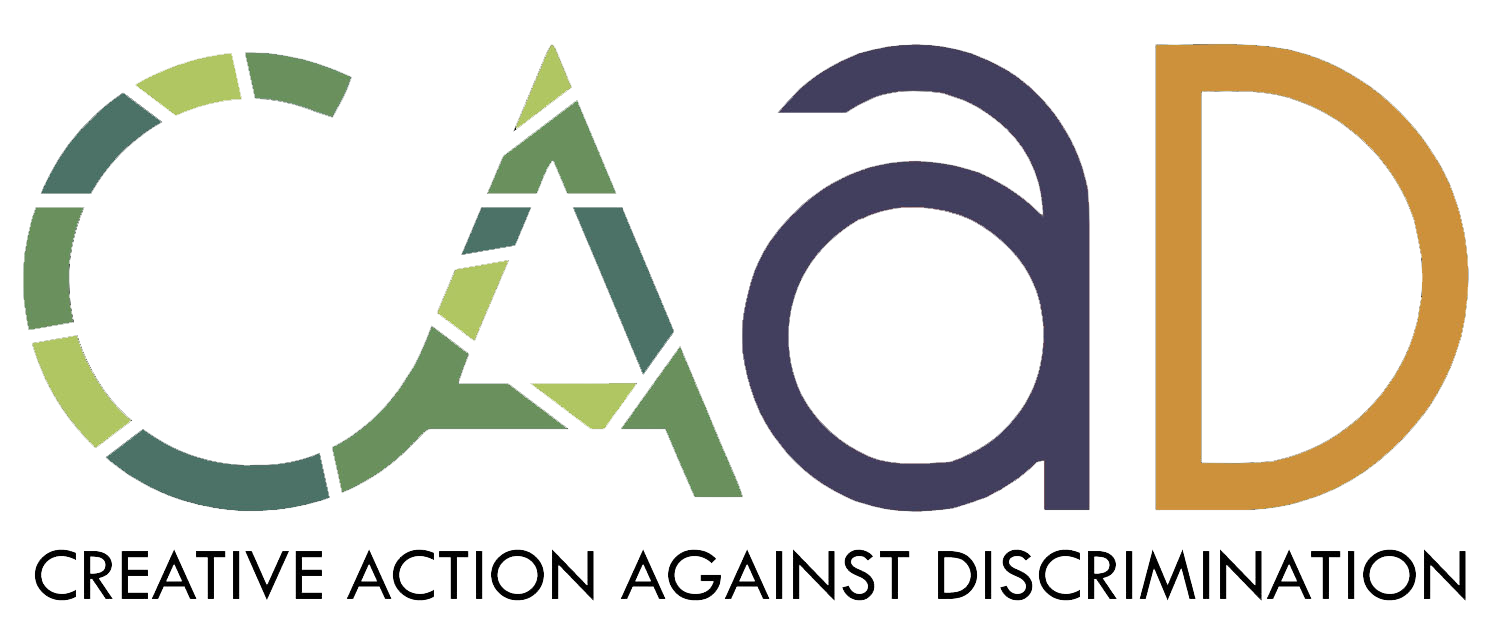About participatory filmmaking in Hungary
Artemisszió Foundation has been using video methods mainly in the framework of international cooperation projects, where usually one of the partner organisations possessed expertise about the methodology (our most regular partner from this perspective has been the People’s Voice Media from Manchester).
At the same time, there are several institutions and professionals who work regularly with this method in Hungary. In this article, we aim to describe the situation of PV (Participatory Video) in Hungary.
What is Participatory Video (PV)? Where is it available to study in Hungary?
Participatory video is a form of participatory media in which a group or community creates their own film. Participatory filmmaking is a small scene, but it is a diverse field of media. Participatory media existed already in the 1970s, but it became more well known in the 1990s and 2000s. PV is not well known in Hungary yet, but there is a possibility to learn about the method at Minor Media Research Center, which is part of the Department of Media and Communication at the ELTE University. This is possible because of an application which was won by Eötvös Lóránd University back in 2019, so the program has been available at the university since then.
The Minor Media has got a current research called “History and current practices of participatory film culture in Hungary, with special focus on self-representation of vulnerable minority groups” This research project lasts from 2019. december 1. to 2023.november 30.
About the method in general
PV is usually facilitated through workshop sessions. The short workshops aren’t enough for changing the team dynamics, but can help team members become more open. Visual culture is a good tool to make connections with each other and useful in communication. Movie making and photography, which are all part of visual culture, should be taken more seriously in education regarding how to supplement verbal interactions with the proper use of nonverbal communication. It is also interesting to see the individual in their interaction with others. Furthermore, the process can create special opportunities of cooperation between different ethnicities during the film creation.
Active Hungarian organisations working with participatory video
Romakép műhely (Roma image workshop, http://romakepmuhely.hu/rolunk/) from 2011 an annual workshop integrated in the program of the Media department, understanding from a critical point of view the visual representation of Roma in film.
Koma bázis – (http://www.komabazis.org/) Community space to support young people in education and community drama center. They made community video projects for diverse target groups (young mothers, seniors, young adults, etc) in a marginal district of Budapest. For today their activities changed and video is no longer a part of it.
Zöld Pók (http://zoldpok.hu/)– “They work as an NGO and for social enterprise base, creating promo videos and other visual materials for NGOs and participating in projects related to video and media. From their webpage: “In our program based on workshops for children and youngsters the participants’ own world, local contexts and their related experiences and problems create the solid base to start our work from. The report like self-reflective filming and photo provide the group with the opportunity to articulate valid statements and emotions that come from the youngsters and they feel ownership about.”
Thoughts of a Hungarian director working with PV
According to Sára Haragonics, who is a documentary filmmaker and PV professional, the camera can work as a silent therapist, as a catalyzer, as mediator, as a shield, or a provocant. The presence of the camera can make the people feel more vulnerable and this vulnerability can bring real change. The camera creates a dialogic place, where the participant feels safe to tell their suppressed problems. Sára says, participatory filmmaking is a unique empowering process. The method enables disadvantaged people to speak with their own voice, and to make a movie as an active witness about their life. It’s very important for organizers to see the communities talking about their own culture, their situation from their point of view, and not the organizers talk with them, but the people from the community talking with each other.
About one workshop in Dombóvár
In 2017 Sára Haragonics and Nándor Grosch held a workshop in Dombóvár, where the main goal of the project was facilitation of the sensitization of local people towards segregated ethnicities and to make the idea of integration more appealing to the locals. To achieve this the directors asked children of age 9 and 10 to participate in the film creation. 5 children were chosen from the segregated part of Dombóvár and 2 from Újdombóvár, a wealthier part of the town. The workshop lasted for 6 days. The children filmed 4 small movies, where they presented the 4 different quarters of their hometown. This workshop aimed to help the communication between Roma and non-Roma people and boost acceptance and sensitization. The film created a bridge between the two very different social strata.

Get in touch
For general requests regarding the project, please contact:
info@kulturhaus-brotfabrik.at
To get in touch with one of the partners, see partner’s details!
